If you have two computers with USB ports, you can connect them together using a special cable called USB Link (also known as USB Network or Bridge). Technically, using this type of connection, it is also possible to connect two OS X systems together, but in this case it is also necessary to add a USB to Ethernet adapter and the related network cable. Once the connection is established, you can quickly and easily transfer data from one machine to another.
Steps
Method 1 of 2: Connect Windows Systems Via USB
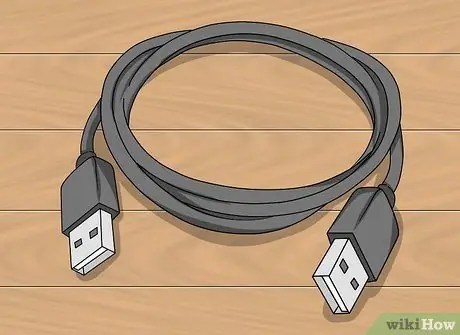
Step 1. Get a USB Link cable
To make the connection, it is very important to get the correct cable, as there are many models on the market. There is only one type of USB cable capable of establishing a data connection between two computers and it is a USB Link cable (sometimes also referred to as "USB data cable", "USB Network cable" or "USB cable Bridge "). The correct cable has an electronic circuitry (enclosed in a small bulge) between the two USB connectors on either end, which are both male.

Step 2. Install the drivers to handle communication on both machines you want to connect
This step must be performed before making the physical connection via USB cable. Normally, this type of cable comes with a CD-ROM or DVD containing the software to be installed. Insert the optical media into the reader, then install by following the on-screen instructions. If the Windows Auto-Play window does not appear, press the key combination ⊞ Win + E to open the "Explorer" or "File Explorer" window, then select the CD / DVD player icon on the left side of the screen. Double-click the file named "setup.exe" or "install.exe".
- If the cable you purchased does not come with software, consult the manufacturer's website and refer to the section titled "Software" or "Drivers". Remember to download the specific software version for the cable you are using. Install on both systems.
- If you are given the option to choose the link mode, select the "link" option (sometimes also called "bridge" or "transfer").
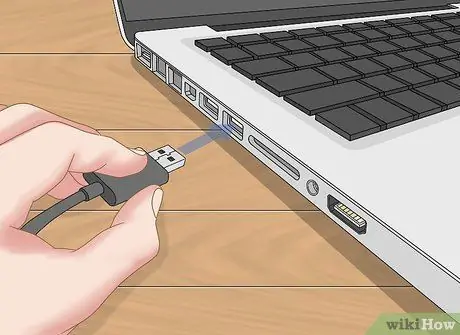
Step 3. Plug the USB connectors into their respective free USB ports on each computer
Make sure that the cable is loose and not too tight; in the latter case, to solve the problem, you will simply have to bring the computers together. This is necessary to avoid damaging the connection cable.
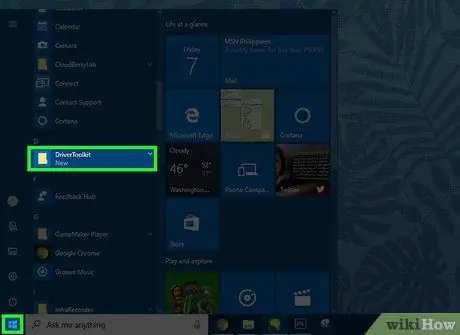
Step 4. Launch the transfer software on both machines
It does not matter where and how the program was installed, there should be a shortcut icon in the Windows "Start" menu to start it quickly and easily. Go to the "Start" menu, choose "All Programs" or "All Apps", then select the software icon from the menu. From this point on, the data transfer process can be handled by a single computer without the need to switch from one to the other continuously.
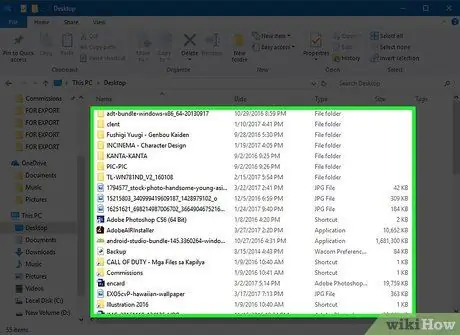
Step 5. Browse the contents of one computer's hard drive using the other
Note that the software installed in the previous steps is nothing more than a file manager whose interface has two panels (one called "Local" or "Local" and the other "Remote" or "Remote"): one for each computer. The pane labeled "Local" refers to files on the computer currently in use, while the "Remote" pane refers to files from the other computer.
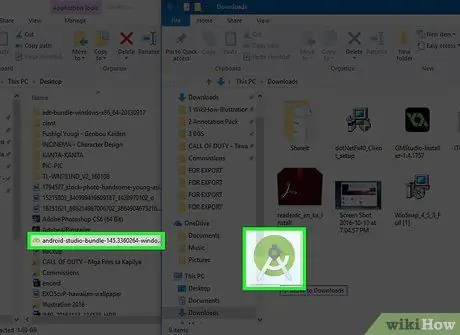
Step 6. Share files
If you need to copy files and folders from the remote computer to the one in use, simply drag and drop them from the "Remote" panel to the desired destination in the "Local" pane of the program. Similarly, it is possible to perform the reverse transfer: from the local computer to the remote one.
Method 2 of 2: Connect OS X Systems Via USB
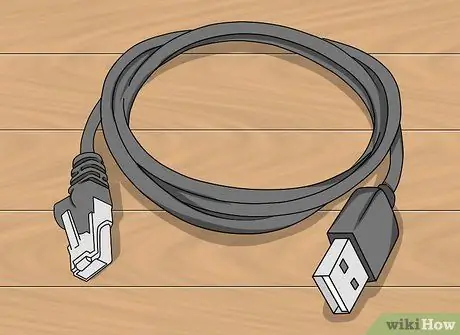
Step 1. Get the necessary accessories
Technically, OS X systems cannot be directly connected via a single USB cable; The closest solution to this scenario is to connect a USB cable to the corresponding port on the first Mac, and then connect the other end to the Ethernet port on the second computer.
- USB-Ethernet Adapter: This is a universal device, which means that you don't need to buy the one manufactured directly from Apple or for Apple systems. At one end of the adapter there is a USB port with a male connector, while at the other there is an RJ-45 port with a female connector to which an Ethernet network cable will be connected.
- 10/100 BASE-T Ethernet cable: This is a standard network cable with RJ-45 connectors on either end. This type of cable can be purchased at any electronics store.
- Check out this guide for more information on how to transfer data between two computers using the simplest methods.
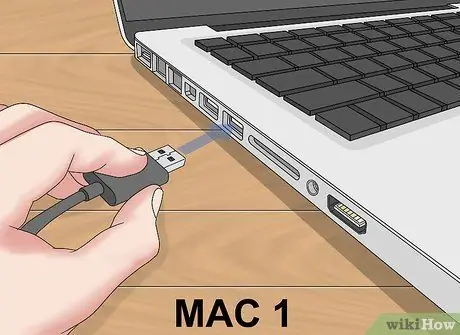
Step 2. Connect the USB adapter to a free USB port on the first computer (called "Computer 1" for convenience)
If only one of the two machines has an Ethernet port, connect the USB adapter to this computer; if not, you can link as you like.
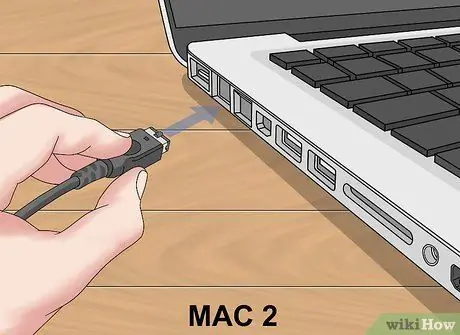
Step 3. Plug one connector of the Ethernet cable into the second computer's RJ-45 port (named "Computer 2" for convenience)
Normally, the network port is located on either side or the back of the computer.
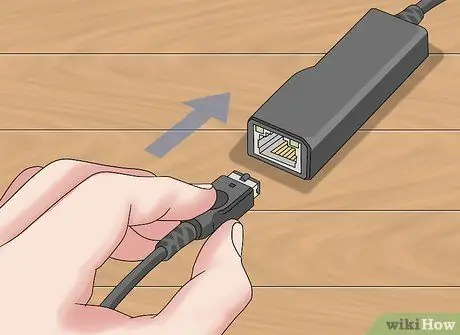
Step 4. Plug the other connector of the Ethernet cable (connected to "Computer 2") into the RJ-45 port of the USB adapter
At this point, the wiring of the link is complete.

Step 5. Access the sharing preferences of both computers
Go to the "Apple" menu, select "System Preferences", then choose the "Sharing" option. Once the "Sharing" window appears on the screen, you will know the name of your computer.

Step 6. Use the Finder window of one computer to connect to the other
In this case it doesn't matter which machine you choose to use; from one of the two computers, access the Finder window, choose the "Go" menu, then select the "Connect to server …" option. Now, press the "Browse" button to view the list of computers you can connect to; when you see the name of the second computer appear in the search results, double-click it. At this point, if requested, enter the password to access the second machine.
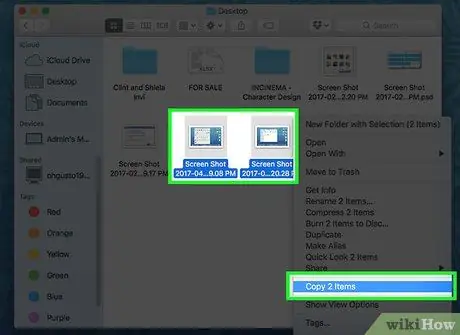
Step 7. Transfer data between the two systems
Now, from your computer, you should be able to see the list of files contained on the second machine. Using the open Finder window, drag the files and folders you want to copy from one computer to another.
Advice
- For other useful ways to transfer data between two computers, check out this guide.
- If both computers to be connected have an Ethernet network port and you are unable to purchase add-ons, please refer to this guide for more information on how to connect.






